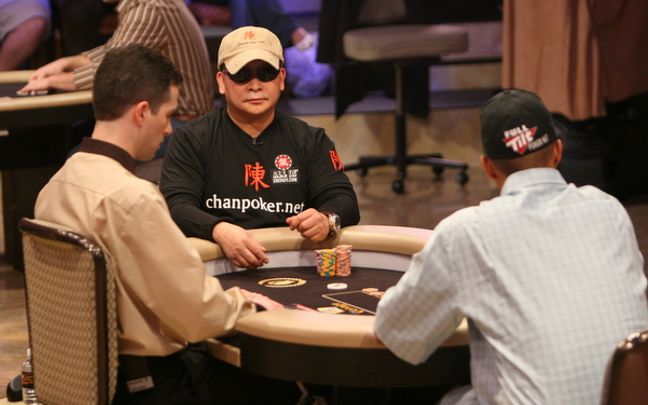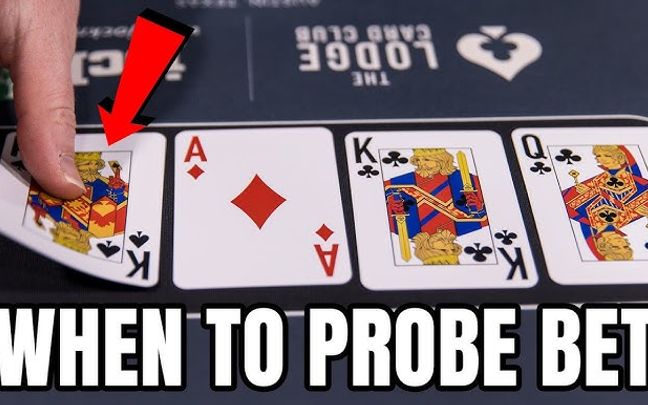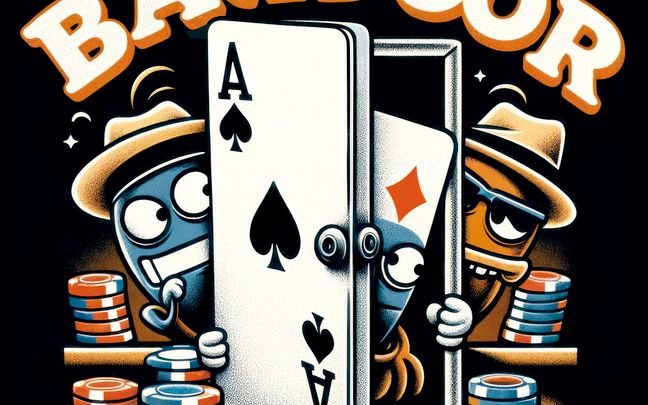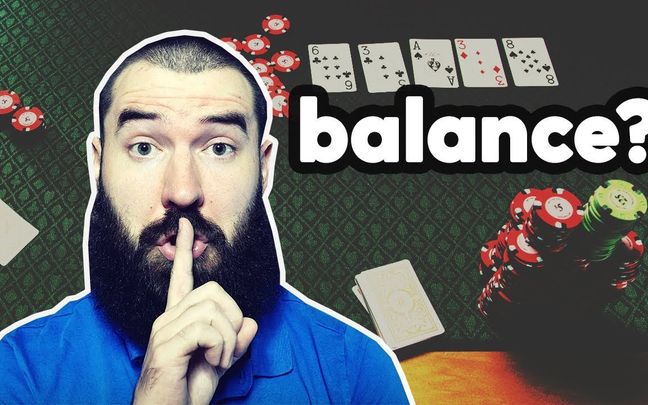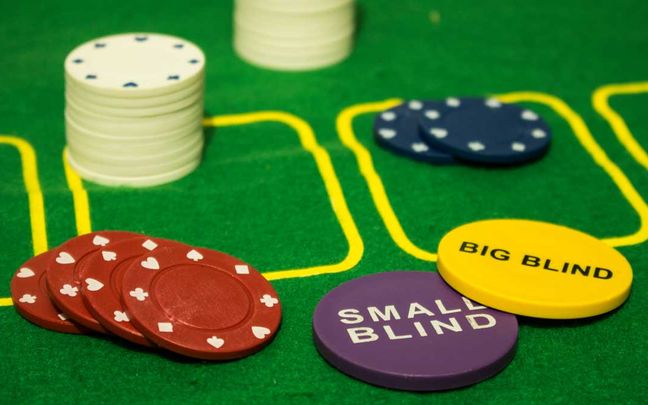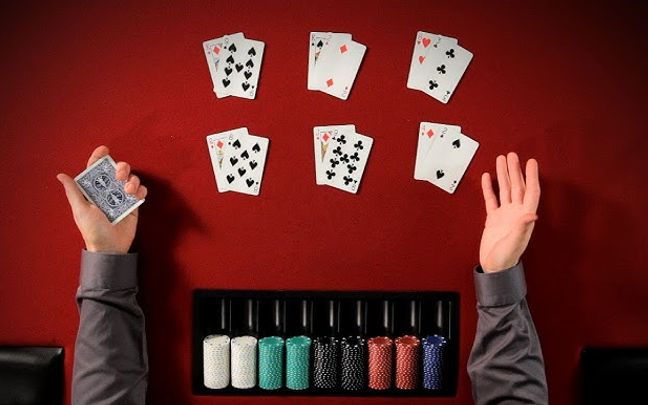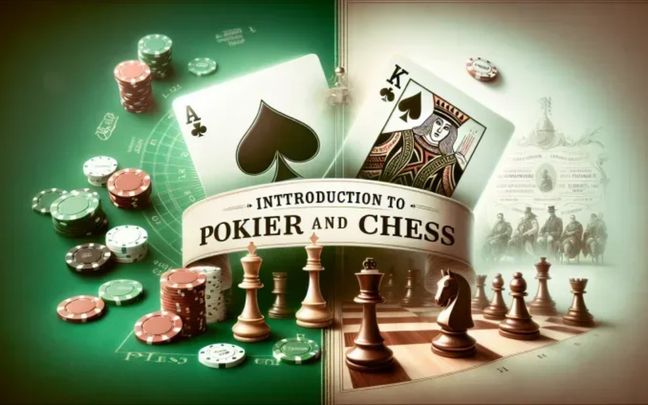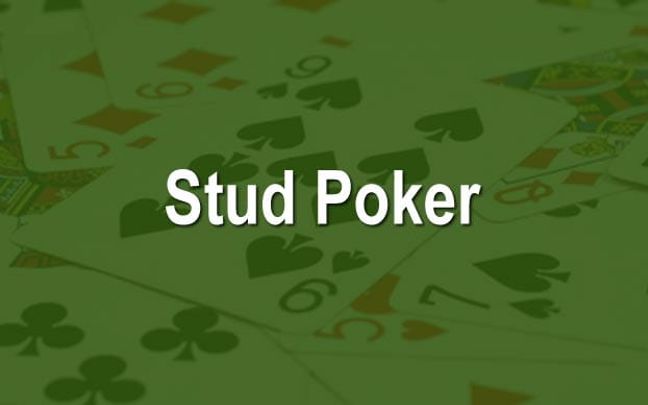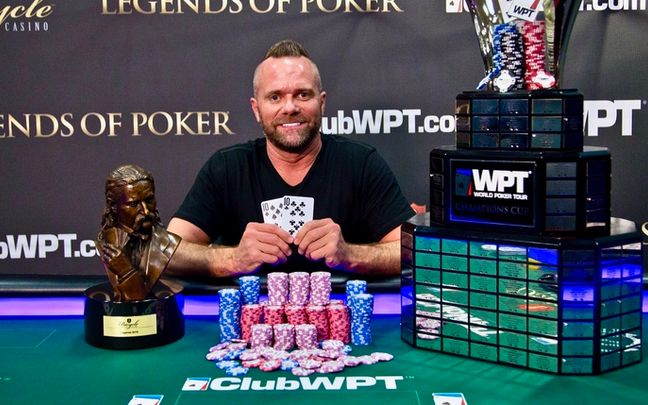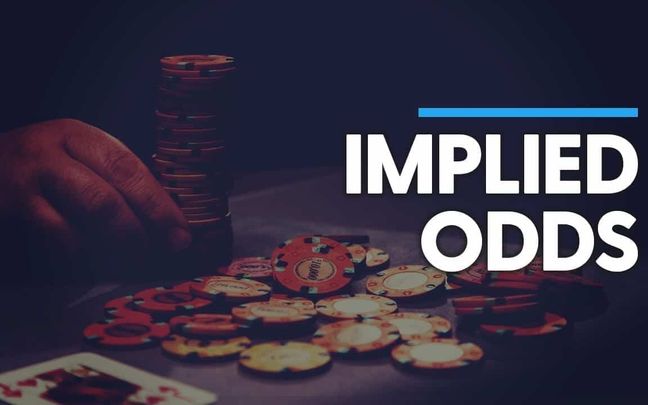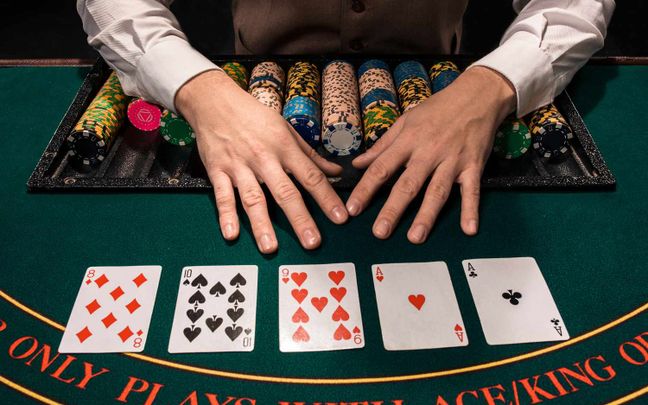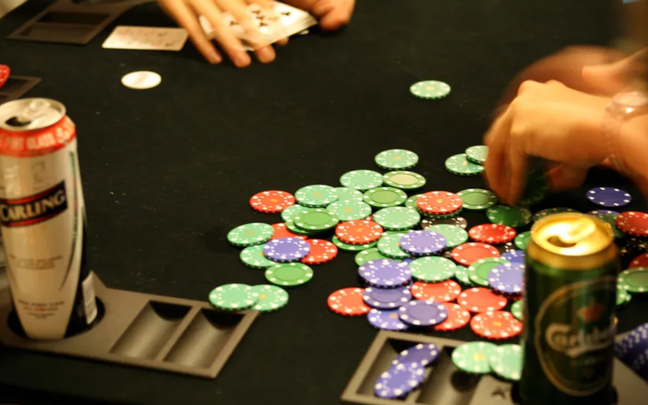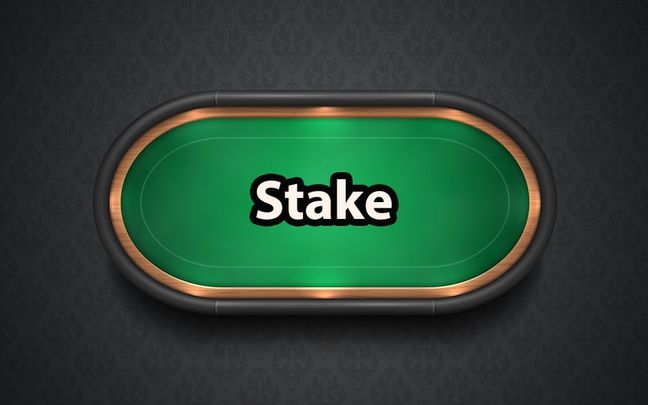In the world of poker, the concept of "short stack in poker" is not just a situation of having fewer chips compared to the average. It is a strategy, a challenge, and sometimes an opportunity to turn the fate of a hand around. When every decision can determine survival at the table, the skill of playing poker with a short stack becomes crucial and highly sought after.

What is a Short Stack in Poker?
A short stack in poker refers to a situation where a player has fewer chips compared to the other players at the table. This is a relatively disadvantageous position, but with the right strategy, a short stack player can still create opportunities to turn the game around. Here are some key points about short stack play:
Characteristics of a Short Stack
-
Fewer Chips: The player has fewer chips compared to other opponents.
-
Increased Pressure: Short stack players often face significant pressure, especially as they approach the bubble phase in tournaments.
-
Limited Options: Fewer chips limit strategic choices, often forcing the player to play more aggressively.
Short Stack Strategy
-
All-In: With a small chip stack, going all-in is a common strategy to put pressure on opponents and maximize the chance of winning the pot.
-
Selective Play: Play tighter and only engage with strong hands or high chances of winning.
-
Leverage Position: Use a late position to increase the likelihood of success when going all-in.
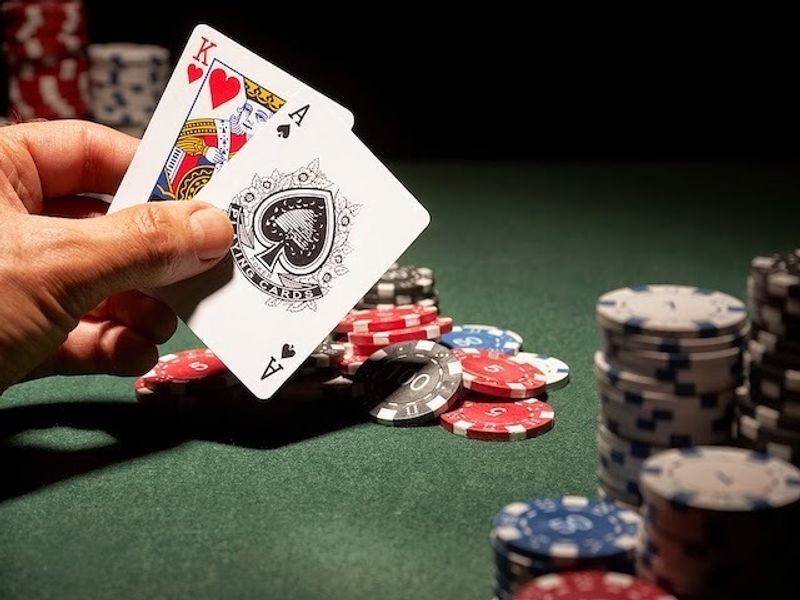
Why is the Short Stack Important?
In poker, the term "short stack" refers to a player who has fewer chips compared to the minimum bet or the average chip stack in the game. Why is the short stack important in poker? The answer has several aspects:
Increased Pressure
When you are a short stack, you face greater pressure to protect your remaining chips. Every decision can impact your chip count and your ability to survive in the game.
Strategic Advantage
A short stack can be a powerful strategic tool. Skilled players can use this situation to be aggressive, forcing opponents to confront their decisiveness or leave the table.
"All-In or Fold" Strategy
As a short stack, the "all-in or fold" strategy is often your only option. This can change the dynamics of the game and produce different outcomes if you can make accurate predictions and face risks effectively.
Table Control
The short stack can alter how the game unfolds, compelling opponents to think more carefully about their next moves. This can lead to different playing styles, including fold-or-play strategies, which you can leverage to your advantage.

Hands to Play When Short Stacked
When you are a short stack in poker, choosing which hands to play becomes crucial. Here are some hands you might consider when short stacked:
Big Pocket Pairs (JJ, QQ, KK, AA)
Big pocket pairs are a strong choice when short stacked because they have the potential to make a strong hand right from the flop. Playing aggressively and raising pre-flop can put pressure on opponents.
Ace-King (AK)
Ace-King is one of the strongest hands pre-flop. When short stacked, you can make a strong bet to force opponents into a tough decision, or be prepared to go all-in if necessary.
Ace-Queen (AQ)
Similar to Ace-King, Ace-Queen is a strong hand when short stacked. It can be reliable in certain situations, but caution is needed if you encounter strong resistance from opponents.
Suited Connectors and Suited Gappers (e.g., 76s, 54s)
These hands have the potential to create straights or flushes in the right situations. However, you need to be cautious, as they often require more skill to play effectively.
Broadway Cards (AK, AQ, AJ, KQ)
High-value cards that are not pocket pairs are also a good option when short stacked. They have the potential to make strong hands and put opponents in difficult spots in betting situations.
When playing short stacked, it is important to carefully consider each situation before making a decision. Sometimes, choosing strong hands and engaging in pots as a short stack can be the optimal way to win in poker.
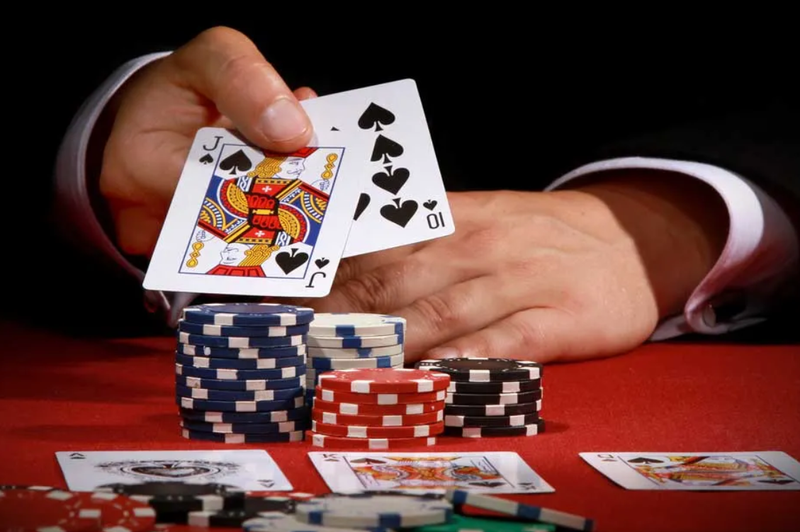
Effective Short Stack Tips
Playing effectively as a short stack in poker requires careful consideration of every decision and making the most of every opportunity. Here are some tips for playing a short stack effectively:
- Picking Your Spots: Play strong hands and attack when you have the opportunity. Don’t be afraid to go all-in or fold; use these moves to put pressure on your opponents.
- Resource Optimization: Manage your remaining chips efficiently. Know when to raise to apply pressure and when to fold to conserve your chips.
- Reading Opponents: Analyze your opponents' play to make optimal decisions. If you identify an opponent who is easily intimidated by big bets, exploit that.
- Knowing When to Go All-In: Be aware of when to push all-in. If you have a strong hand or believe that your opponent will fold, use all-in to increase your chip stack.
- Risk Minimization: Avoid playing too many hands. This can lead to rapid chip loss and decrease your chances of survival in the game.
- Choosing the Right Table: Select tables where you have a better opportunity to play a short stack. This may include tables with loose or passive opponents.
- Learning and Improving: Always learn from each hand you play. Regardless of the outcome, review your decisions and learn from the experience to improve your short stack strategy.
These tips will help you maximize your remaining chips and increase your chances of success when playing as a short stack in poker.

In summary, being a short stack in poker is not just about managing chips or choosing hands. It’s a challenge of decisiveness, analysis, and skill. However, by mastering these strategies and tips, you can turn the challenge into an opportunity and enhance your chances of winning in the complex world of short stack poker.

